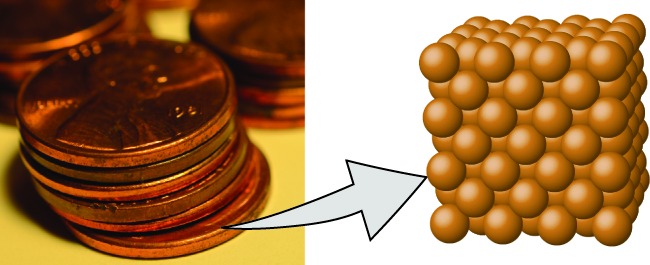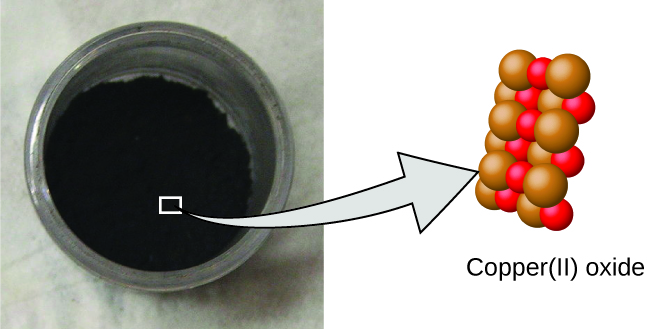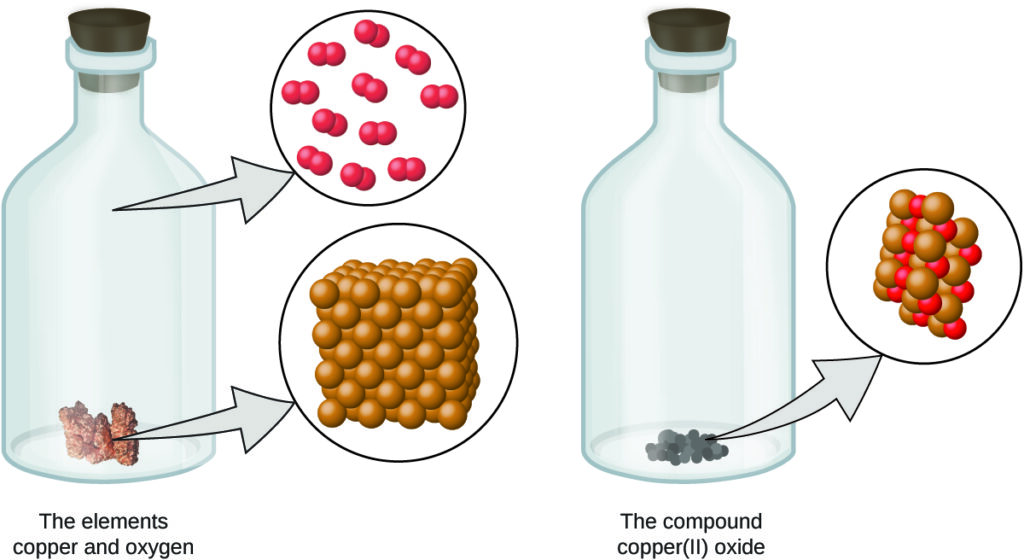The idea of the four (or five) main elements more or less held until 1807 when John Dalton published a list of postulates that make up Dalton’s atomic theory and some of these microscopic theories still hold today:
1. Elements are made of extremely small particles called atoms.
2. An element consists of only one type of atom, which has a mass that is characteristic of the element and is the same for all atoms of that element. A macroscopic sample of an element contains an incredibly large number of atoms, all of which have identical chemical properties.

3. Atoms of one element differ in properties from atoms of all other elements.
4. A compound consists of atoms of two or more elements combined in a small, whole-number ratio. In a given compound, the numbers of atoms of each of its elements are always present in the same ratio.

5. Atoms are neither created nor destroyed during a chemical change but are instead rearranged to yield substances that are different from those present before the change.
